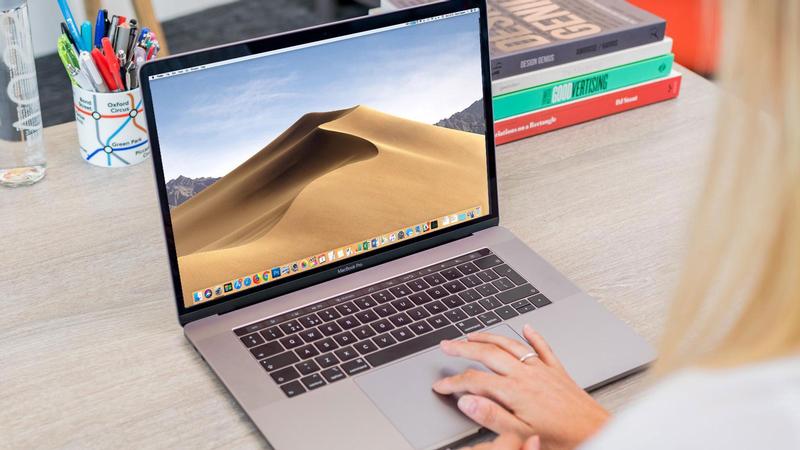
How do you learn best? If you are a human (which we assume you are), chances are that you fit into one of four types of communication: visual, auditory, written, or kinesthetic (the scientific term for experiential). While these learning types have long been studied in academia, their principles are easily applied to business as well. After all, what good is your well-written Confluence page or carefully rehearsed powerpoint presentation if no one pays attention to it?
The majority of the population are visual learners
Research has found that 65 percent of the general population are visual learners, meaning they need to see information in order to retain it. Visuals add a component to communication that written and verbal methods do not: speed. Studies have shown that the brain can process images and videos 60,000 times faster than text, making image-based communication remarkably valuable.
People retain 80 percent of what they see, compared to 20 percent of what they read and only 10 percent of what they hear. This is especially true in our fast-paced digital culture, where multi-tasking is the norm and attention spans are short.
Visual communication can be used to communicate both internally within your organization and externally to customers. Use screenshots, infographics, and video to get your message across. 90 percent of online shoppers have said that videos are helpful in the decision-making process and 75 percent of executives report watching work-related videos at least once a week.
Auditory learners want to hear from you directly
Making up about 30 percent of the population, auditory learners are best served by hearing information through conversations or lectures. Auditory communicators are typically talkative, enjoying discussions and debates, as well as telling stories or jokes. And they remember them. Auditory learners are able to recall up to 75 percent of what they’ve heard.
Auditory learners are best served through in-person meetings, presentations, and conversations. Make sure you record important meetings and presentations so that any auditory learner who missed it can go back in afterward and listen. Tools like Join.me and Zoom and GoToMeeting can all be used to record meetings.
Readers, rejoice
Those who learn best through reading and writing love interacting with text, which is more powerful for them than hearing or seeing images.
Luckily for readers, most organizations are set up to support their learning style. From emails to memos, the current business structure communicates primarily using the written word. To help readers retain information during a meeting, printed materials and written notes have a big impact. Apps like Evernote, Bear for Mac, Microsoft OneNote and Confluence are great options for those reader/writers who are more technologically inclined.
Get kinesthetic learners up and moving
Kinesthetic learners make up just 5 percent of the population and are a bit more complex than other types of learners and communicators. Kinesthetic learners need to actively participate — often physically — in problem-solving or new tasks and often have trouble sitting still for long stretches of time.
Role-playing and group work is ideal for kinesthetic learners, but even something as simple as walking around or tossing a tennis ball back and forth while meeting can provide the experiential stimulus needed.
Appealing to everybody
The reality about learning and communication styles is that they can often be just as complex as the humans who adopt them. Most people follow a style of learning and communication that involves some combination of the 4 distinct styles.
The VARK Questionnaire can help you determine your ideal learning style. Once you better understand how you and your team best learn and communicate, you can put systems in place to encourage better communication in the workplace.
Using a tool like Capture for Jira—which takes a screenshot or video of issues and allows you to add notations to those visuals — can streamline the entire experience by opening up the communication process to different types of communicators.
Team members who are visual communicators can take screenshots of their browsers, auditory communicators can take video or record audio messages, readers/writers can make written notations, and kinesthetic communicators would be engaged through the entire experience (although perhaps having a tennis ball in hand could help).
Screenshot of Capture software for visual learners
No matter your preferred method of communication, Capture for Jira ensures that nothing gets lost in translation when it comes to quality assurance and the user experience.